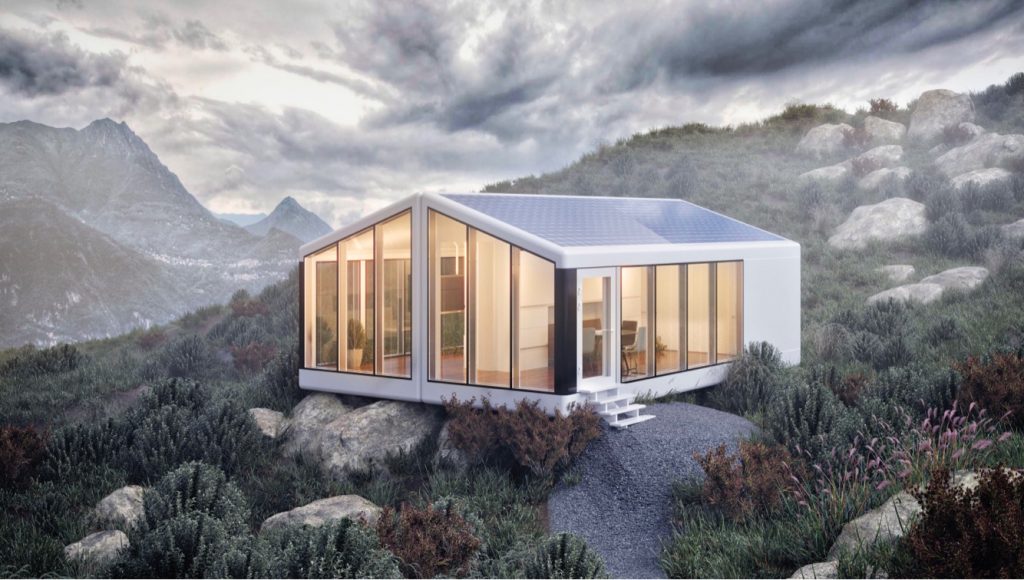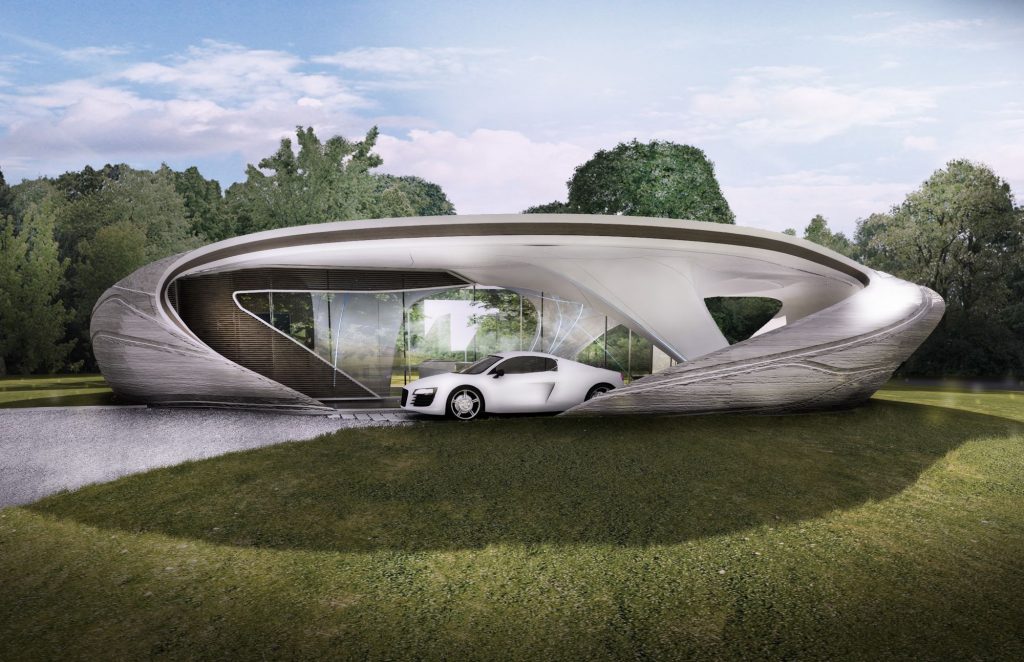3D printing is a rapidly emerging technology that has evolved from simply being able to make small items like toys, to now having the potential of constructing entire homes. This promises to revolutionize the construction industry by drastically reducing costs, increasing speed and efficiency, and allowing for greater design creativity. However, with this new technology comes a whole host of challenges and opportunities related to regulations surrounding 3D printed houses.
Understanding Building Regulations
As with all new construction technologies, building codes and regulations must be followed before a structure can be considered safe and habitable. These rules exist for safety and aesthetics; some local governments may have rules about what type of materials can be used or how much square footage certain structures can occupy on a given piece of land. Understanding these building regulations is essential in order to ensure that the 3D printed house meets all requirements.

Navigating Planning & Zoning Regulations
In addition to understanding building regulations, developers need to consider any planning or zoning restrictions that might apply in their area when considering an application for a 3D printed house. Every region has different rules regarding where certain types of buildings can be located and what kinds of activities are allowed within those areas; these restrictions should be taken into account when designing a 3D printed home so as to avoid running afoul of local laws.
Exploring Funding Options
Building a 3D printed house requires significant upfront capital, especially if one wants to utilize specialized equipment such as robotic arms or advanced software programs to print out the structure. Securing funding for such projects can prove difficult because most traditional financial institutions have yet to become familiar with this new technology and thus may hesitate before investing money into it. As such, exploring alternative funding options such as crowd-funding campaigns or government grants is often necessary for developers to move forward with their project.
Minimizing Environmental Impact
The environmental impact of 3D printed houses also needs careful consideration during development. While they offer many advantages over traditional construction methods (such as using fewer resources), they also require large amounts of energy, potentially harming the environment if not managed properly. Taking steps such as using renewable energy sources or recycling materials wherever possible will help to minimize any negative environmental impact caused by the construction of 3D printed homes.
Drive adoption through education and outreach
Finally, developers and local authorities alike need to promote awareness of this innovative new technology through education and outreach efforts aimed at both builders and consumers.This will help increase adoption rates by making people more comfortable with experimenting with something unfamiliar, such as 3D printed homes, rather than relying solely on traditional methods, such as stick and brick construction, every time they decide to build something new.

Reaping the benefits of new technology
Ultimately, the adoption of regulation around 3D printers offers builders – whether they’re individual homeowners embarking on DIY projects or larger contractors looking to increase production – the opportunity to reap all the benefits associated with this cutting-edge technology: faster completion times, lower costs, creative designs, reduced environmental impact, etc. With continued innovation, we will soon see even more exciting developments in what we can create with 3D printers.
 Burke Knows Words A vision for your life
Burke Knows Words A vision for your life